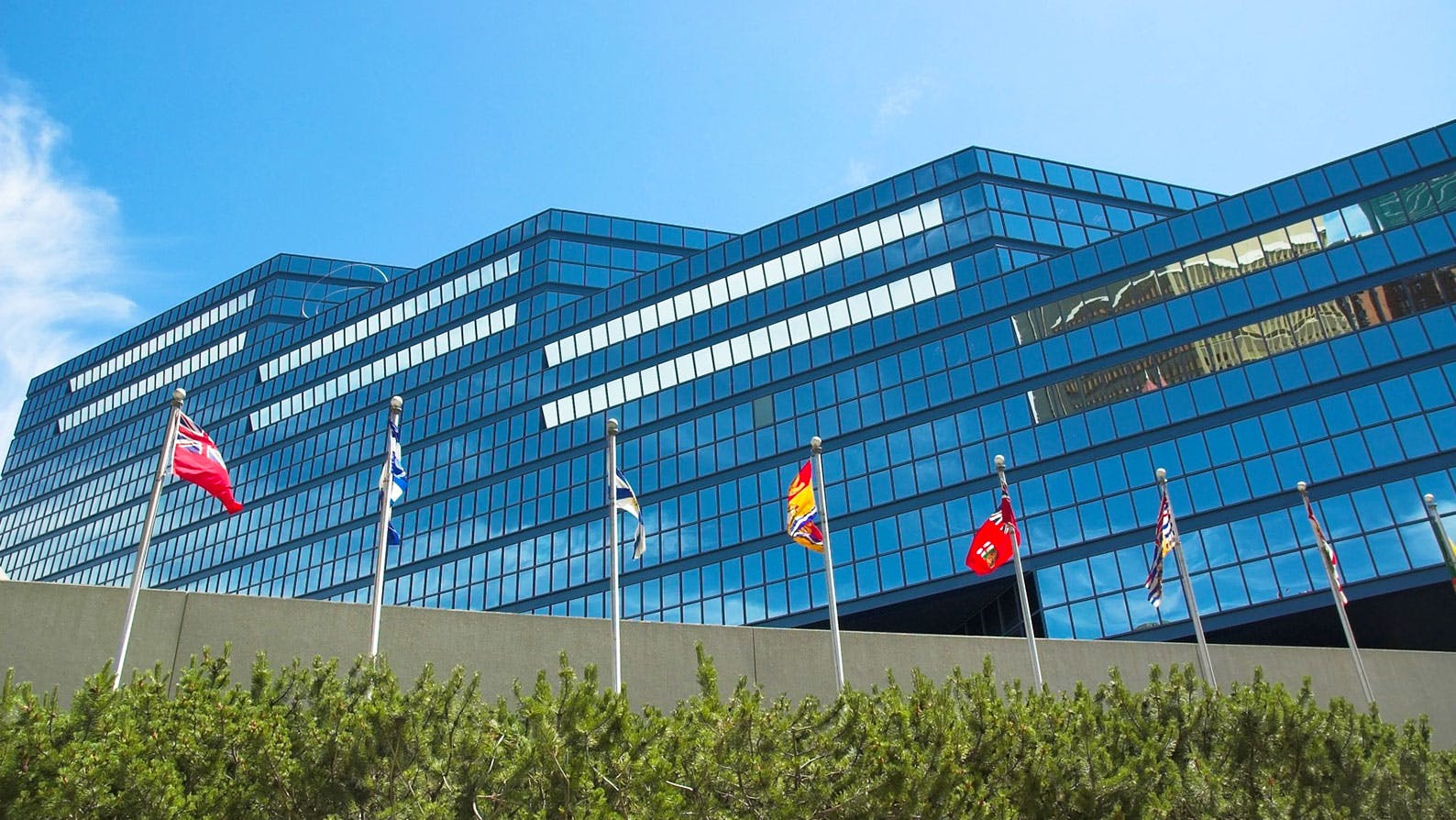The Calgary Chamber is proud of its 128-year contribution as an advocate for a business community that has displayed grit, determination and a stubbornness to succeed in good times and in the face of adversity.
We all know that the past few years have been tough on all Albertans — households and businesses alike.
The factors that caused this are complex and extensive, and we know there are no easy solutions. However, the time is overdue for all levels of government to make bold decisions that will enable thriving businesses and households and bring more investment into the city.
Businesses are ready to grow. They are not asking for subsidies and don’t expect governments to solve all their problems. What they are asking for, however, is a fair and equitable property tax system that assists with shielding businesses from spikes like those experienced over the past three years by those operating outside of downtown.
We are encouraged to see more and more councillors working to address the severity of the inequity problem, pointing out that 14,000 non-residential accounts carry 55 per cent of the city’s tax burden, while 500,000 residential accounts carry 45 per cent.
This is misaligned with many other comparable cities in Canada. For instance, in Edmonton, residential accounts make up 52 per cent of the tax burden, and in Toronto, residential properties account for 63 per cent of the burden.
Additionally, at more than 4:1, Calgary’s projected 2019 non-residential to residential mill rate property ratio is the highest of large cities in Canada. In Edmonton and Toronto, that ratio is a much more reasonable 2.8:1.
We understand the argument that a ratio does not tell the entire tax burden story. However, we contend the importance of this commonly used comparable should not be easily dismissed, as University of Calgary economist Trevor Tombe indicates in this video.
In fact, while the City of Calgary competes with jurisdictions around the world for business growth and investment, a more reasonable ratio would be an effective sign post that our city is has a business forward tax structure. Even more, if an equitable ratio was kept consistent, it would help ease volatility by spreading the tax burden over a much larger tax base.
Take the shift from downtown properties to those outside of the core, for example. Had a ratio of 3:1 been consistently adhered to, average residential and non-residential properties ($475,000 residential and $5 million non-residential) would have seen an 11 per cent increase in taxes paid between 2014 and 2018. Instead, the residential property saw a four per cent increase while the business property saw an 18 per cent increase.
A more equitable distribution would have brought the property tax cost for a $475,000 residential property to $2,180 in 2018, an increase of $400 from 2014. Or, put differently, this would have been $326 more than was paid in 2018 under the current system. While this increase is significant, it would still leave residential taxpayers with among the lowest property tax rates of comparable big cities in Canada.
Under the same scenario, a $5 million non-residential property would have seen their property taxes (including business tax) increase from $67,728 in 2014 to $68,829 in 2018. This contrasts with the $79,952 that was actually paid in 2018.
The small increase on the non-residential side with a 3:1 locked in ratio highlights the lack of growth in the total value of the non-residential property base. In fact, when looking at the big picture, the value of all non-residential property in Calgary in 2018 is roughly similar to 2014, while the value of residential property grew approximately $29 billion in the same timeframe.
Furthermore, had this system been in place the city may not have had to fund $86 million worth of property tax relief through the Phased Tax Program in 2017 and 2018. It could have instead been used to support other priorities or reduce the overall tax burden.
While we appreciate administration has brought forward an approach to begin a more equitable shift, this proposal does not move quickly enough.
That is why we are encouraged that councillors have brought forward more aggressive approaches for long-term structural changes that will save businesses and jobs for Calgarians.
Even though Calgary residents now pay the lowest residential taxes of big cities in Canada, we know shifting more of the burden on homeowners is difficult. However, like several councillors have pointed out, there is room for more of the burden to be taken on by a residential property tax base that understands the business community creates jobs and vibrancy for all Calgarians.
Finally, we must give credit where it is due. We know the city has worked hard to find some $600 million in operational savings in recent years. However, just like businesses continue to make tough decisions to their operating budget, they are looking for the city to continue to find savings.
Our ask, as the voice of Calgary’s business community, is that on April 1st City Council decides to protect jobs and fix the property tax system for the long term. The right decision will show that this council is business friendly and send a strong signal that Calgary is open for growth.
We are all lucky to call Calgary home. Let’s make sure the people and businesses here continue to choose Calgary as their home in the future. We all must commit to creating a business community that nourishes, powers and inspires the world.
Yours sincerely,
Dr. Sandip Lalli
Calgary Chamber President and CEO





